The term “Tropism” was coined by the Dutch botanist and physician Julius Von Sachs in the late 19th century. Tropism is crucial in plant growth and development as it directs the movement of plants in response to environmental stimuli. Positive tropism, like phototropism toward light or geotropism towards gravity, ensures optimal conditions for photosynthesis and nutrient absorption. Negative tropism, such as thigmotropism in response to touch, helps plants avoid physical threats. Understanding tropism aids in agriculture, horticulture, and ecological studies, contributing to improved plant cultivation and ecosystem management.
What is Tropism?
Tropism is also known as the “Tropic Movement”. Tropism is a biological phenomenon where plants or other organisms respond to external stimuli by growing or moving in a particular direction. The word “Tropism” comes from the Greek word “Tropos”, meaning turn, reflecting the way organisms turn or bend in response to stimuli. There are various types of tropisms, such as phototropism (response to light), geotropism (response to gravity), and thigmotropism (response to touch). In phototropism, for example, plants bend towards a light source to optimize photosynthesis. Geotropism influences the direction of roots growing downward, aided by gravity while shooting against gravity.
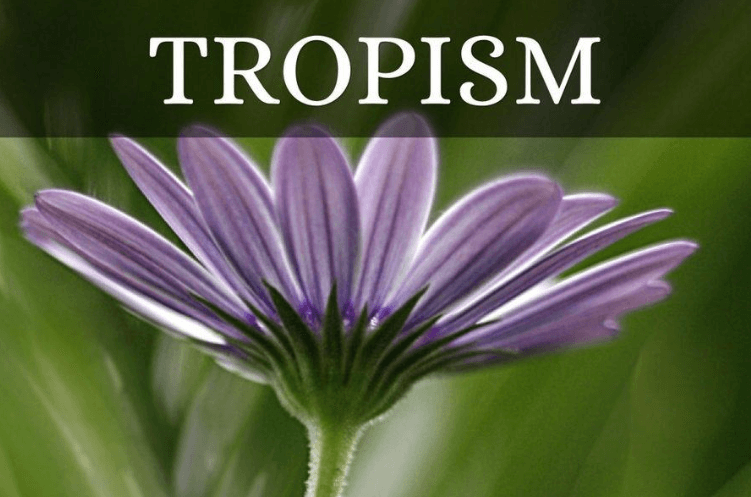
These tropic responses are typically controlled by hormones, such as auxins, which play a crucial role in regulating growth. The intricate interplay of these hormonal signals enables plants to adapt to their environment, ensuring optimal absorption, and overall better survival. In summary, tropism is a fundamental mechanism in Biology that allows organisms to adjust their growth and orientation in response to external stimuli, optimizing their chance of survival and successful Reproduction.
Types of Tropism
There are several types of tropisms, each describing a specific response of organisms to different external stimuli. Some of the types of tropism include Phototropism, Geotropism, Thigmotropism, Hydrotropism, Chemotropism, and Thermotropism. These tropisms showcase the adaptability of organisms, allowing them to optimize their growth and development in diverse environmental conditions.
| Different Types of Tropism | ||
| Tropism Type | Stimulus | Description |
| Phototropism | Light | Growth or movement in response to light. Positive phototropism is toward the light, while negative phototropism is away from the light. |
| Geotropism | Gravity | Growth or movement in response to gravity. Roots typically show positive geotropism (growth towards gravity) and stems show negative geotropism (growth away from gravity). |
| Thigmotropism | Touch/Contact | Growth or movement in response to touch or contact with a solid object. |
| Hydrotropism | Water | Growth or movement in response to water. Roots often exhibit positive hydrotropism, growing toward a water source. |
| Chemotropism | Chemicals | Growth or movement in response to specific chemicals in the environment. |
| Thermotropism | Temperature changes | Growth or movement in response to temperature changes. |
Phototropism
Phototropism is when plants respond to light by bending or growing in a particular direction. If a plant shows positive phototropism, it leans toward the light source, optimizing its exposure. In contrast, negative phototropism involves growing away from light. This ability helps plants efficiently capture sunlight for Photosynthesis, a crucial process for their growth and development.
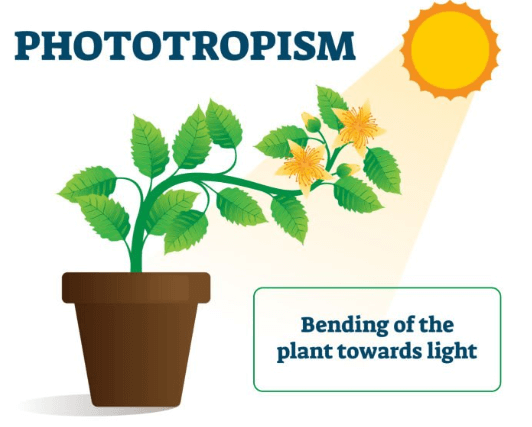
Geotropism
Geotropism is how plants respond to gravity. Roots exhibit positive geotropism, growing downward, helping anchor the plant and seek nutrients in the soil. Stems display negative geotropism, growing upward, enabling leaves to access sunlight. This gravitational awareness helps plants orient themselves for optimal survival and growth, ensuring roots delve into the soil for support and nutrients, while stems reach toward the sunlight for photosynthesis.
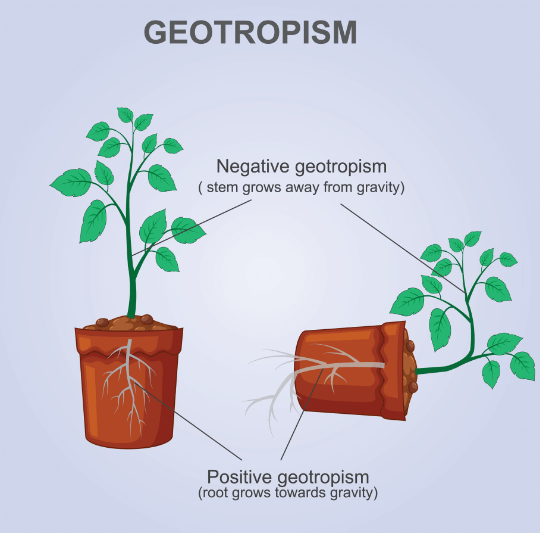
Thigmotropism
Thigmotropism is how plants react to touch or physical contact. When plants sense touch, they may alter their growth patterns. For instance, vines wrap around structures for support. This adaptive response helps plants navigate and interact with their environment. Thigmotropism is crucial for plant flexibility and external stimuli and optimizes their structure for support and growth.
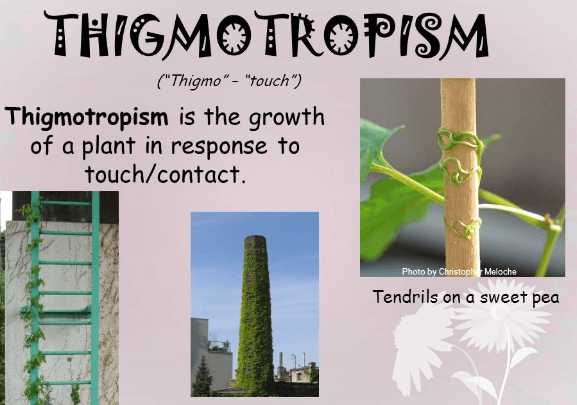
Hydrotropism
Hydrotropism is how plants respond to water. When roots encounter moisture, they exhibit positive hydrotropism, growing in the direction of the water source. This helps plants efficiently access water in the soil, crucial for nutrient absorption and overall hydration. Hydrotropism enables roots to navigate through the soil, ensuring that plants can optimize their water uptake and thrive in various environmental conditions.
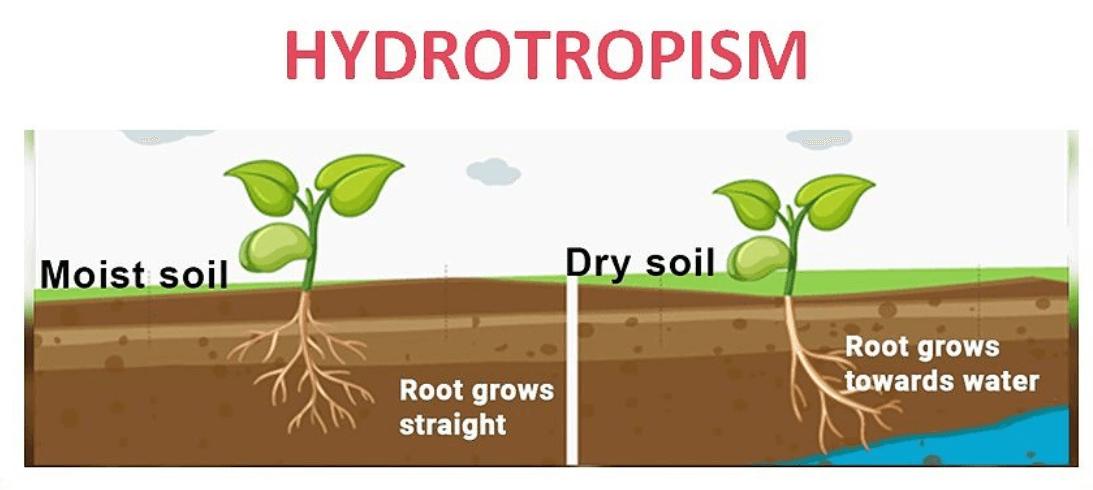
Chemotropism
Chemotropism is how plants react to specific chemicals in their environment. When exposed to certain substances, plants may adjust their growth direction. This adaptation aids in locating nutrients or responding to external cues. For example, roots might grow in areas with higher concentrations of essential nutrients. Chemotropism is a valuable mechanism that helps plants optimize their growth and resource acquisition based on the chemical cues in their surroundings.
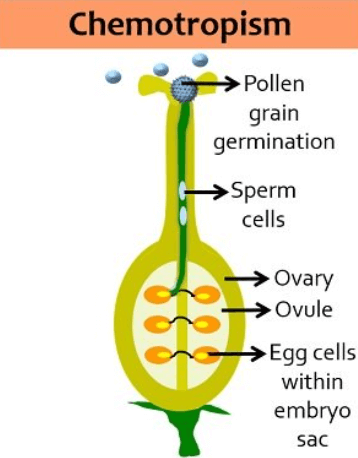
Thermotropism
Thermotropism is how plants respond to temperature changes. When exposed to heat or cold, plants may alter their growth direction. This adaptation helps them optimize their exposure to temperature conditions for better growth and survival. For instance, in response to warmth, some plant parts might grow towards the heat source. Thermotropism is a vital mechanism that allows plants to adjust to verify temperature conditions in their environment.
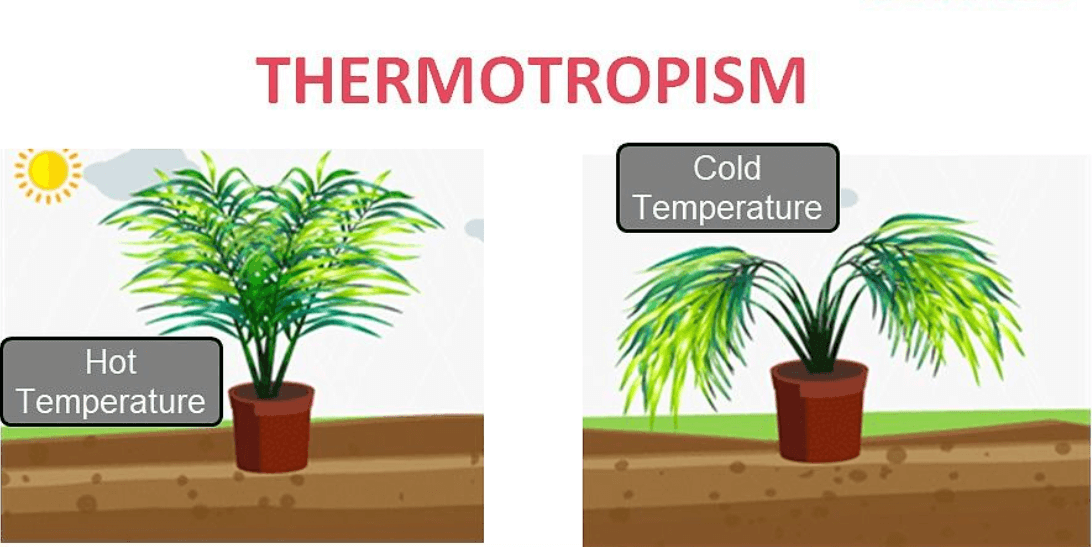
Importance of Tropism
Here we have discussed a few points that highlight the importance of tropism in our environment.
- Optimal Growth Direction: Tropism guides plants toward favorable environmental conditions for growth, such as light (phototropism) and gravity (geotropism).
- Enhanced Photosynthesis: Phototropism ensures that leaves receive maximum sunlight, optimizing the process of photosynthesis and overall plant productivity.
- Nutrient Absorption: Positive tropism assists in nutrient absorption by directing roots toward nutrient-rich soil areas, improving the plant’s access to essential elements.
- Response to Threats: Negative tropisms, like thigmotropism (response to touch), help plants avoid physical threats, promoting their survival in challenging environments.
- Adaptation to Surroundings: Tropism enables plants to adapt to their surroundings, and allows them to thrive in diverse habitats and ecological niches.
- Agricultural Applications: Understanding tropism is essential in agriculture for optimizing crop growth, spacing, and overall yield through proper manipulation of environmental stimuli.
- Ecological Significance: Tropisms play a role in ecological studies by influencing plant distribution and interactions within ecosystems, contributing to biodiversity and ecosystem stability.

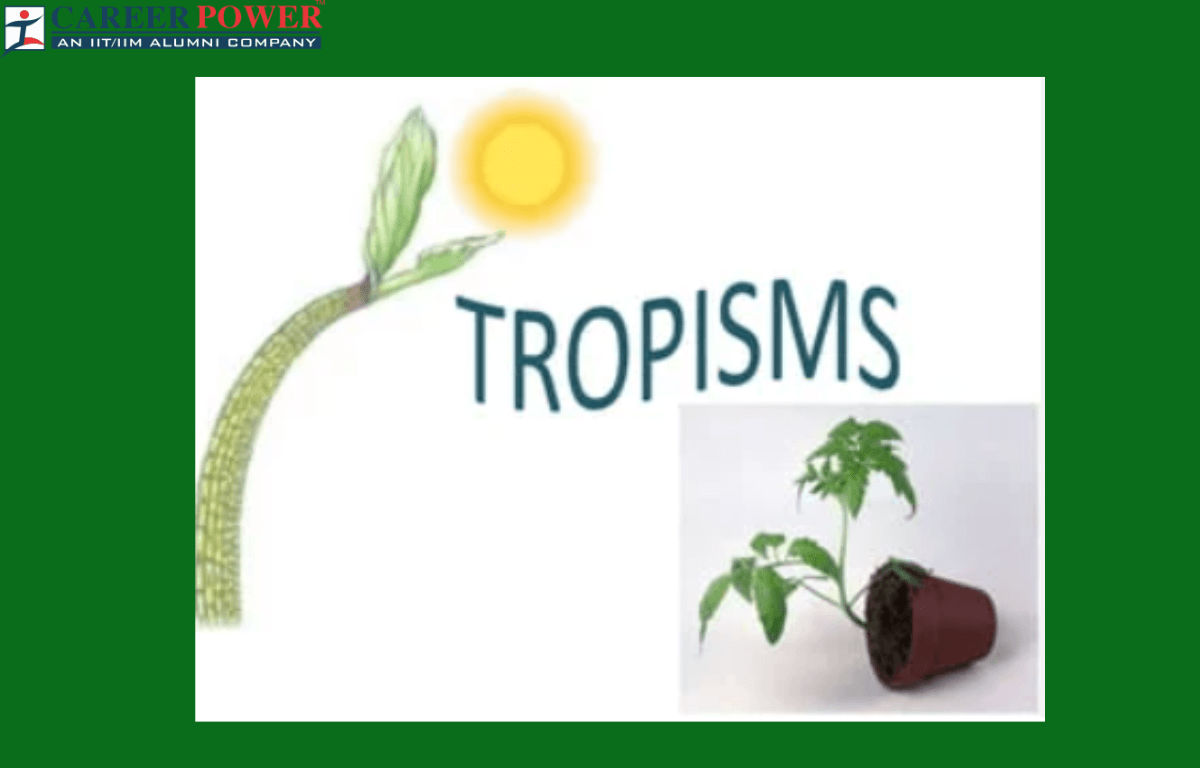

 50 Vegetables Name for Kids in English a...
50 Vegetables Name for Kids in English a...
 Food Chain: Definition, Types, Examples,...
Food Chain: Definition, Types, Examples,...
 Human Respiratory System: Definition, Di...
Human Respiratory System: Definition, Di...













